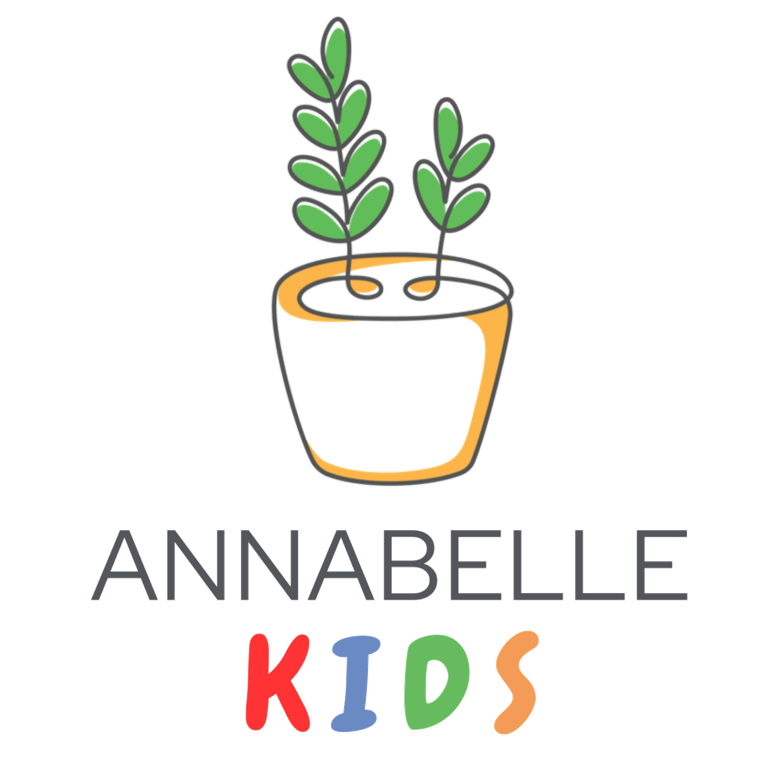Communication Disorders
Social (Pragmatic) Communication Disorder
Social (Pragmatic) Communication Disorder (SPCD) is where children experience difficulties communicating with others verbally and nonverbally.
Challenges include:
Ψ Difficulty in using nonverbal communication cues (such as eye contact)
Ψ Trouble with adapting to varied social contexts (initiating or maintaining conversations)
Ψ Trouble taking turns during conversations
Ψ Difficulty comprehending nonliteral language (metaphors/idioms)
Ψ Use of inappropriate responses during conversations
SCPD symptoms must be present in early childhood even if they are not recognized until later when speech, language, or communication demands exceed abilities. Notably, a diagnosis of autism spectrum disorder must be ruled out before an official diagnosis for SPCD is made.
Social Pragmatic Communication Disorder (SPCD) vs. Autism Spectrum Disorder (ASD)?
There might be some overlapping signs of SPCD and ASD. However, SPCD primarily focuses on the challenges of communication whereas ASD encompass traits related to behaviours. Here is a general idea of the differences:
How will Social Pragmatic Communication Disorder affect my child?
Ψ Peer-relationships: The child’s ability to communicate effectively with others would be challenging. This might affect their ability to foster social relationships.
Ψ Academics: Children may find it difficult to take part in group work, follow the rules of conversations, instructions or deciphering their teacher’s tone during lessons. These may affect their learning progress at school.
Ψ Behaviour: The child may engage in inappropriate behaviours when engaging with others, such as screaming at a friend in a disagreement or to gain one’s attention
Intervention approaches for Social Communication Pragmatic Disorder
Ψ Use of social stories: Children can develop their comprehension of social responses through stories. These social stories prompt children with appropriate social responses.
Ψ Augmentative and alternative communication (AAC): A multi-functional model that encompasses gestures, vocalisations and assisted communication tools to aid effective communication
Ψ Storytelling through video-based modelling: This approach can be used in conjunction with social stories. It teaches children relevant social and communication skills.
How can I support my child with Social Pragmatic Communication Disorder?
There are many strategies that parents can use to encourage their child’s social communication skills, such as
Ψ Use of visual aids (crafts or pictures): This allows the child to process information visually
Ψ Encourage teamwork activities: Build toy blocks, piece puzzles together or prepare meals or snacks. These various social activities allow for turn-taking practices
Ψ Organise playdates: Incorporate a play session with your child’s friend of a similar aged group. Introduce a structured activity for your child to engage in and gradually expose them to more activities or friends
Ψ Provide your child with verbal cues during interaction whenever needed
Ψ Incorporate open-ended questions with your child during interactions or reading time
Should you have concerns about your child’s social communication, you may reach out to our speech and language therapist, Anabella Seah, for an evaluation. During the evaluation, various intervention approaches will be discussed with a parent/guardian and these approaches will be tailored to every child’s individualised needs.

